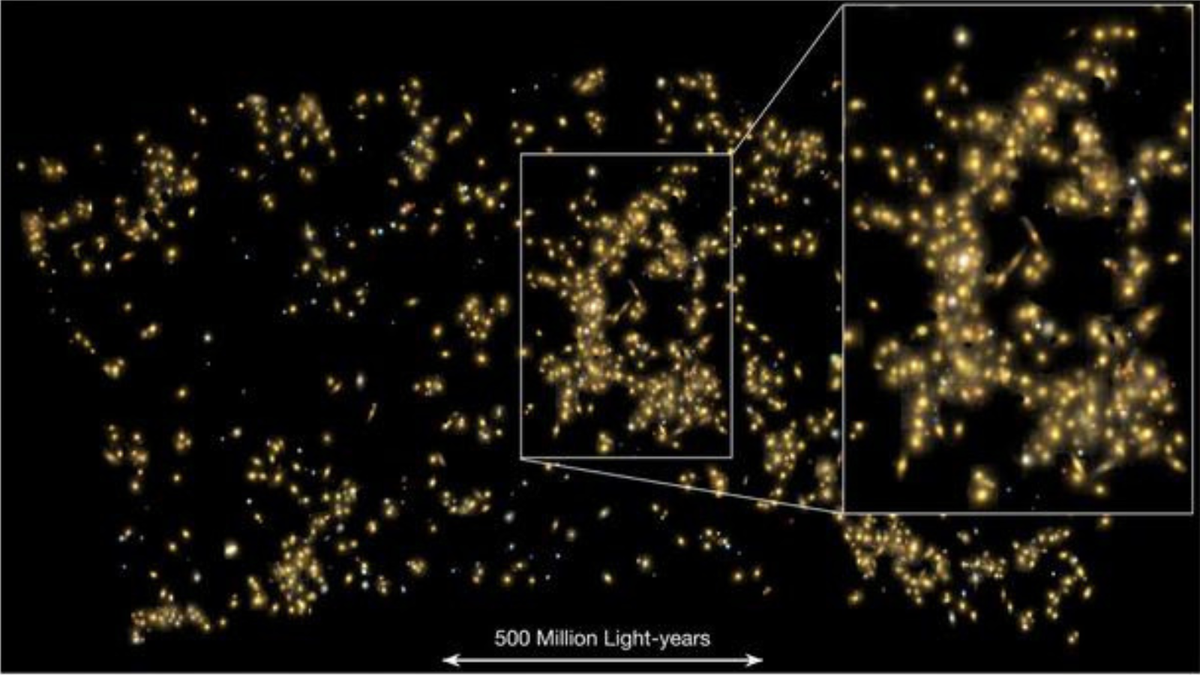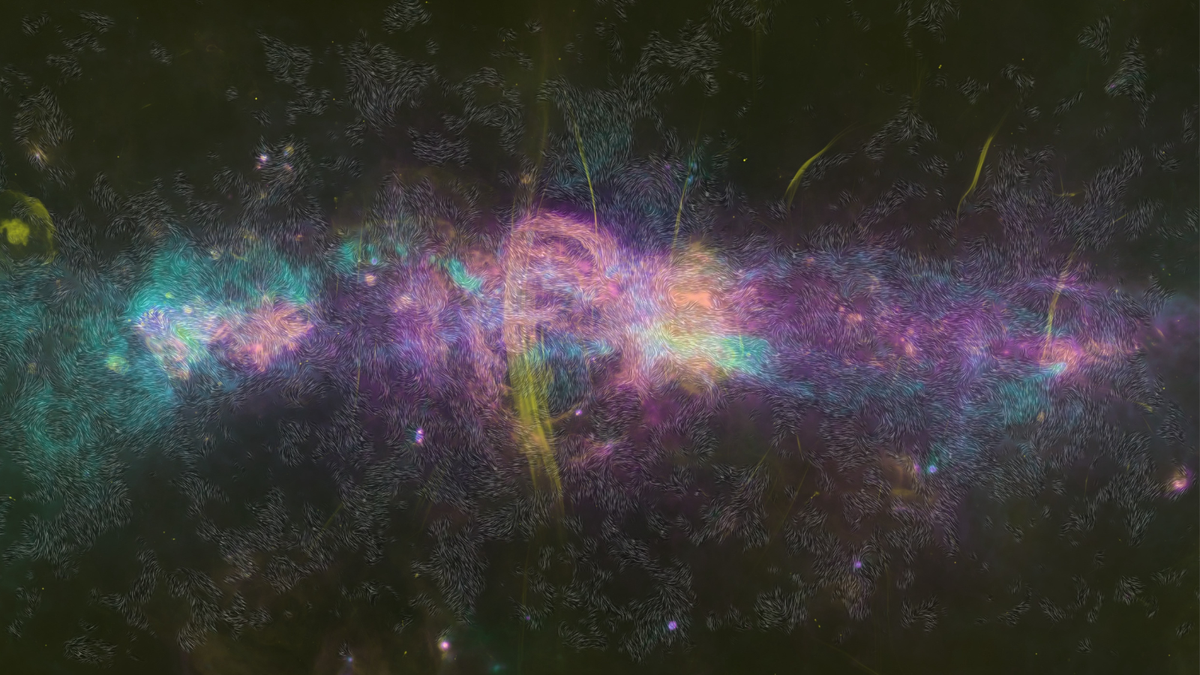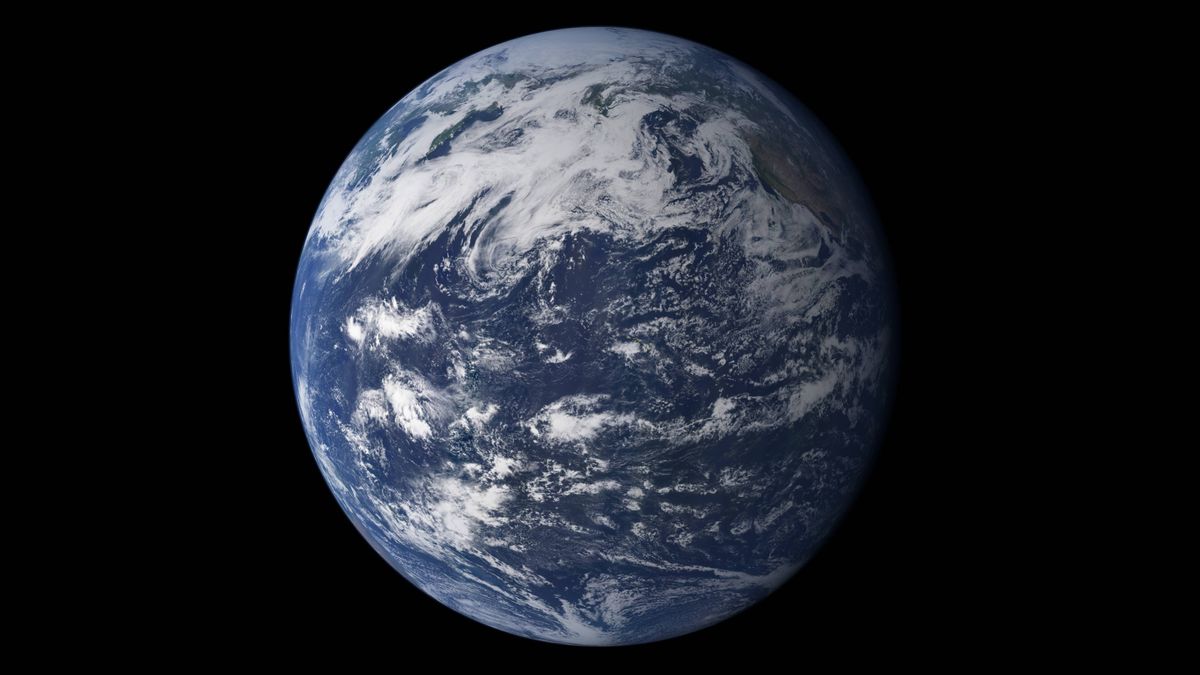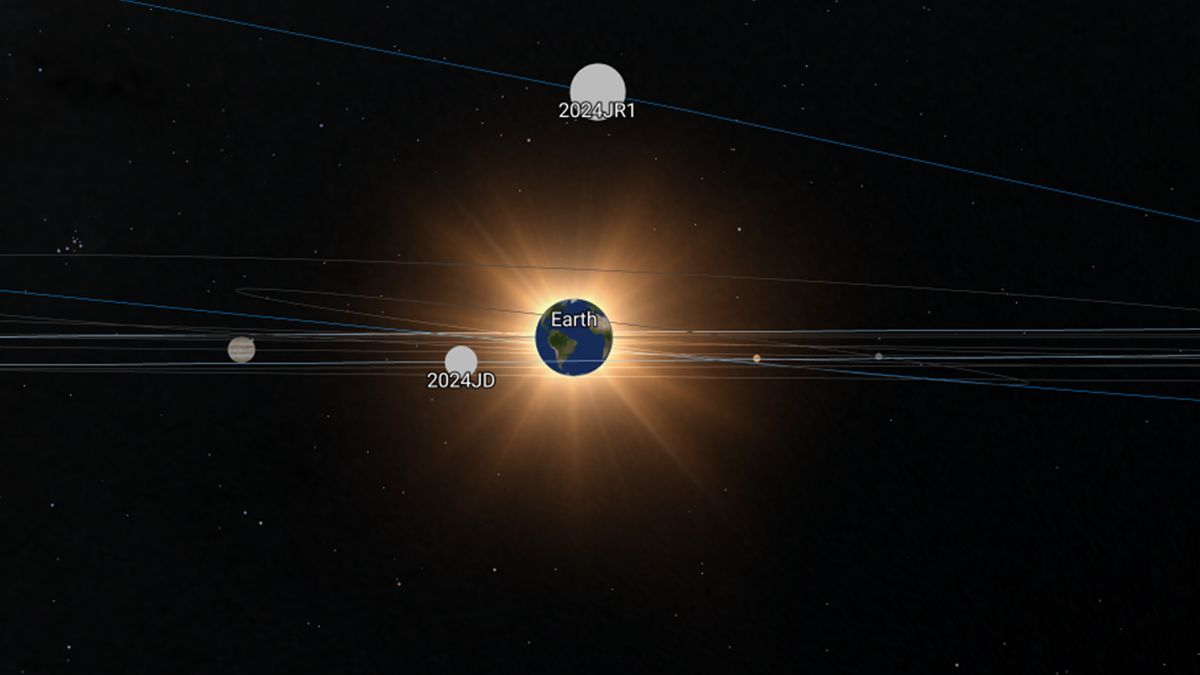Astronomical Discovery of Monster Galaxy Superclusters
A recent groundbreaking discovery by astronomers has revealed an array of colossal galaxy superclusters, which are tremendously massive congregations of galaxies and galaxy clusters throughout the universe.
The Magnificent Einasto Supercluster
Among the 662 newly identified superclusters, a standout example is situated approximately 3 billion light-years away from Earth, aptly named the “Einasto Supercluster” in homage to the renowned Estonian astrophysicist Jaan Einasto, who contributed significantly to unveiling the universe’s large-scale structure.
This particular supercluster is extraordinarily vast and weighty, possessing equivalent mass to about 26 quadrillion suns. To traverse its entirety, a light beam would require a staggering 360 million years. The revelation of these superclusters presents an invaluable opportunity for scientists to deepen their comprehension of the processes underlying the formation and evolution of these immense galactic collections, shedding light on enigmatic phenomena like dark matter and dark energy.
Size and Mass Analysis
While other superclusters may not rival the grandeur of the Einasto Supercluster, they certainly do not pale in comparison when it comes to mass and scale. The average mass of a supercluster within this celestial panorama is estimated at around 6 quadrillion solar masses, with an average size spanning approximately 200 million light-years.
To offer a familiar reference point, the typical supercluster surpasses the size of the Milky Way by a factor of 2,000, with a mass equivalent to Mount Everest if the sun were reduced to the size of a golf ball.
Galactic Evolution Within Superclusters
Remarkably, the galaxies housed within these superclusters exhibit lower densities compared to galaxies outside these cosmic enclaves, owing to the vast spatial expanse in which the colossal mass is dispersed.
Nevertheless, the gravitational influence of the supercluster galaxies, including their dark matter content, remains immense, showcasing the distinct growth and evolution patterns exhibited by galaxies within these supercluster environments.
Promising Astrophysical Implications
Further scrutiny of these superclusters holds the key to unraveling one of the universe’s most perplexing enigmas – dark energy. This elusive force drives the accelerated expansion rate of the universe, propelling galaxies apart at an ever-increasing pace over time. Intriguingly, observations suggest that galaxies within these superclusters are drifting apart at velocities lower than predicted, hinting at potential insights into the effects of dark energy on the gravitational dynamics within supercluster systems.
The team’s groundbreaking research, which delves into the mysteries of supercluster structure and evolution, was published in the prestigious Astrophysical Journal.
Image/Photo credit: source url





